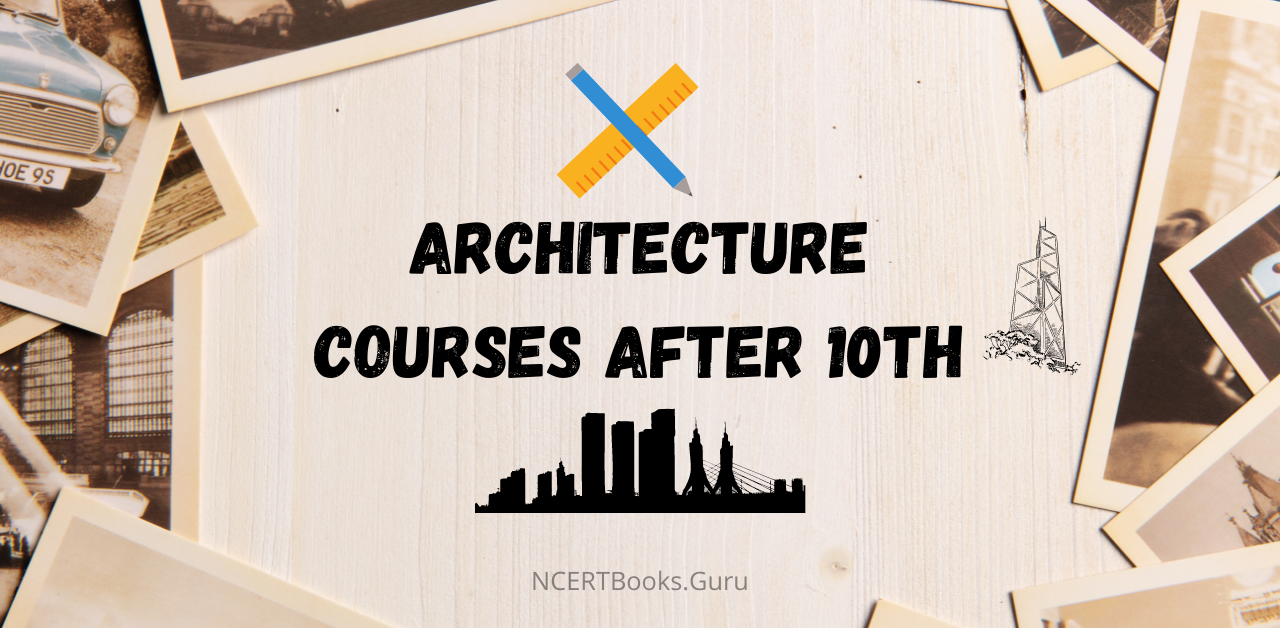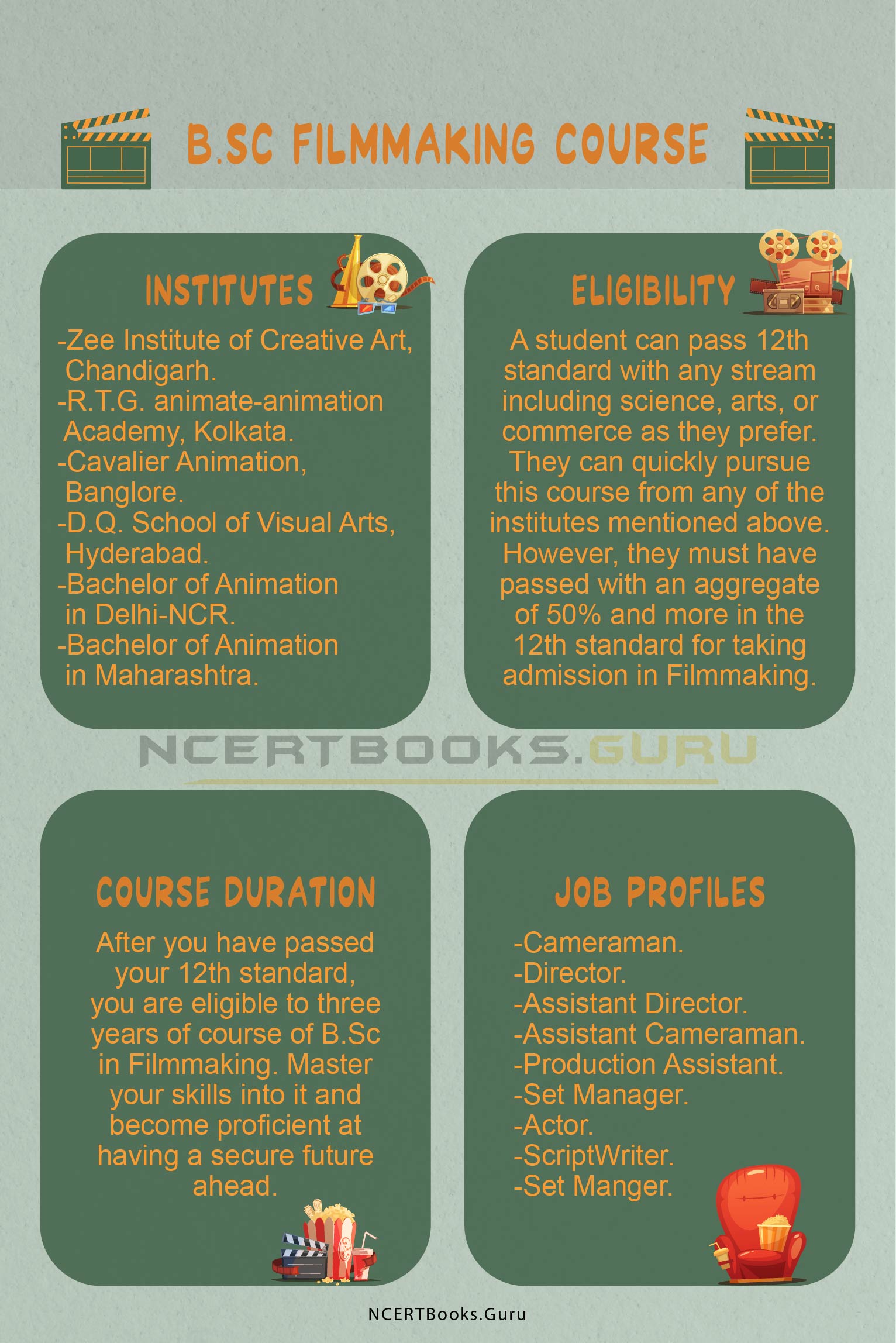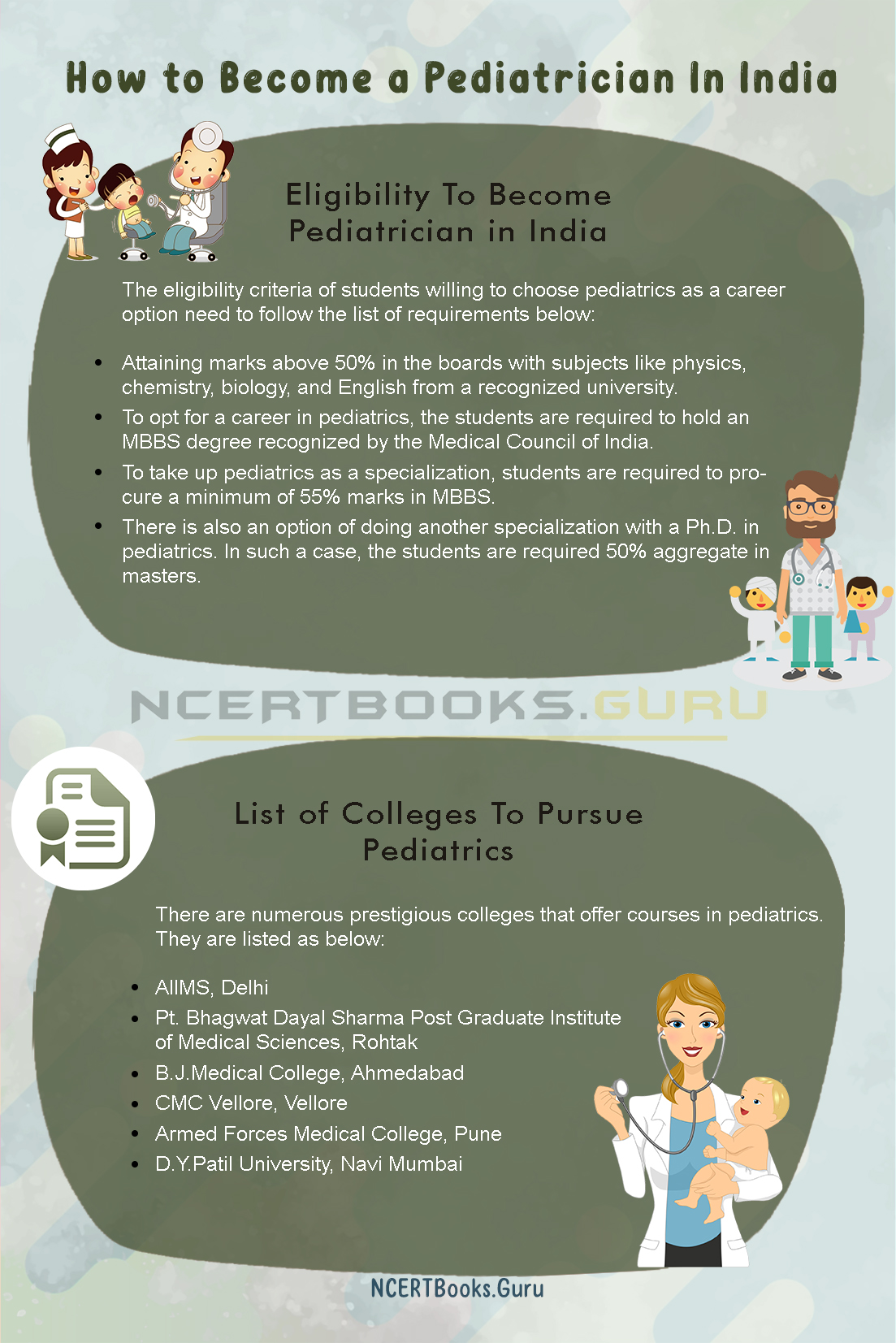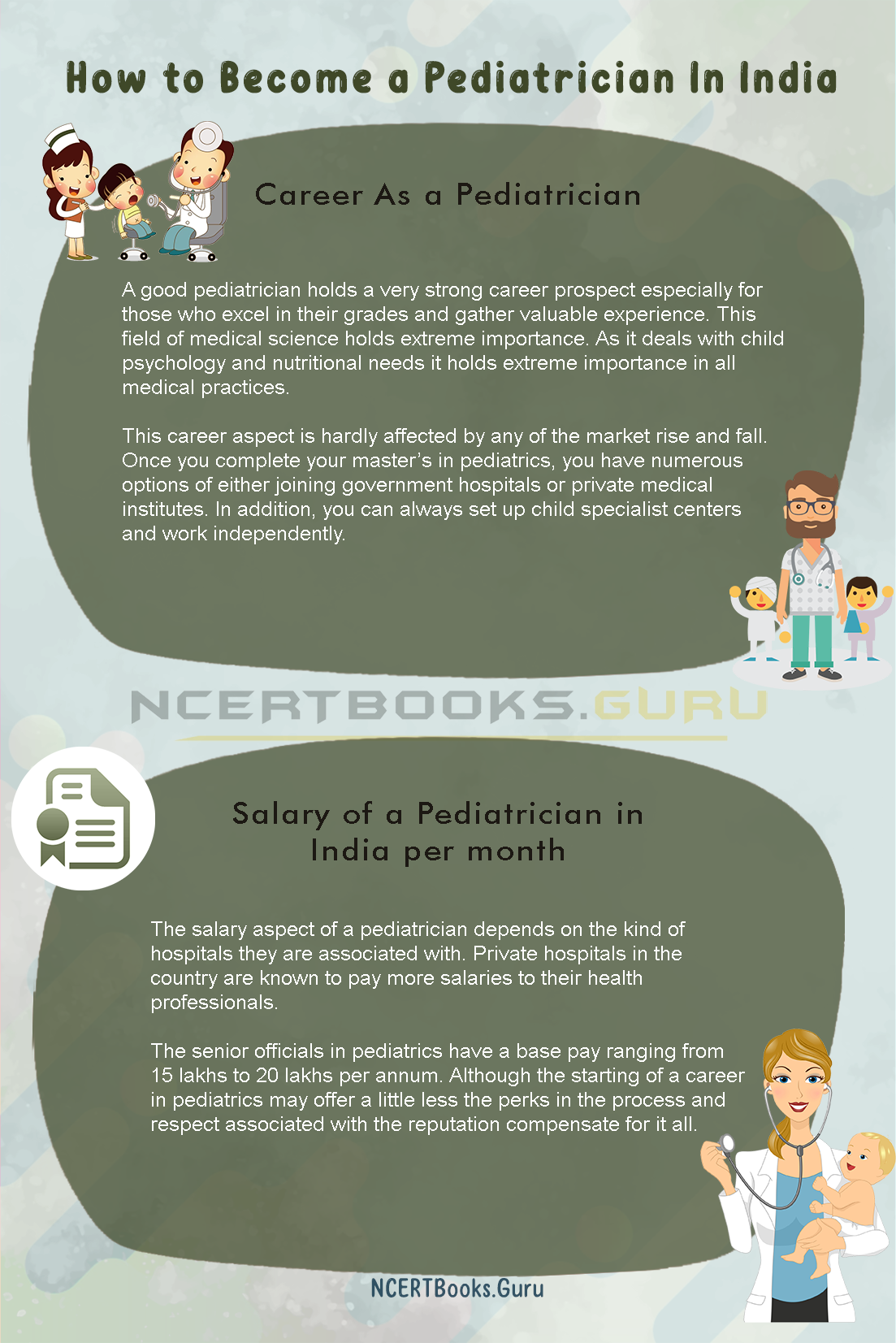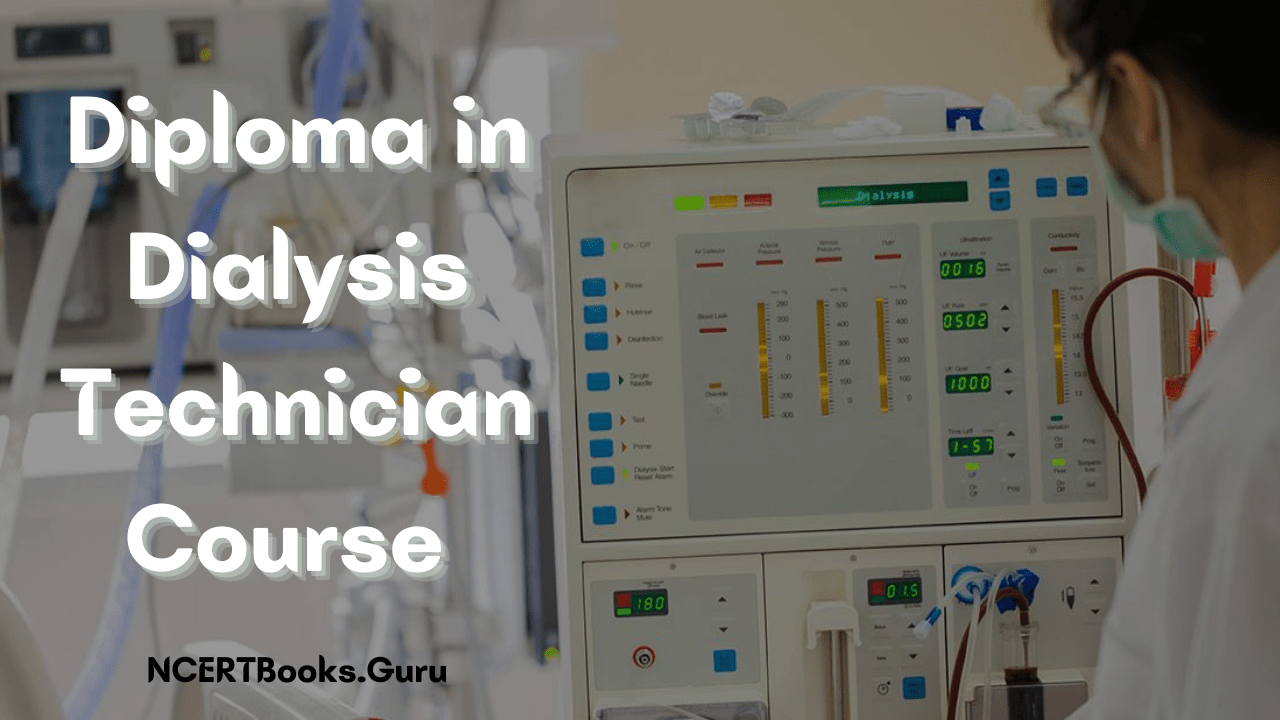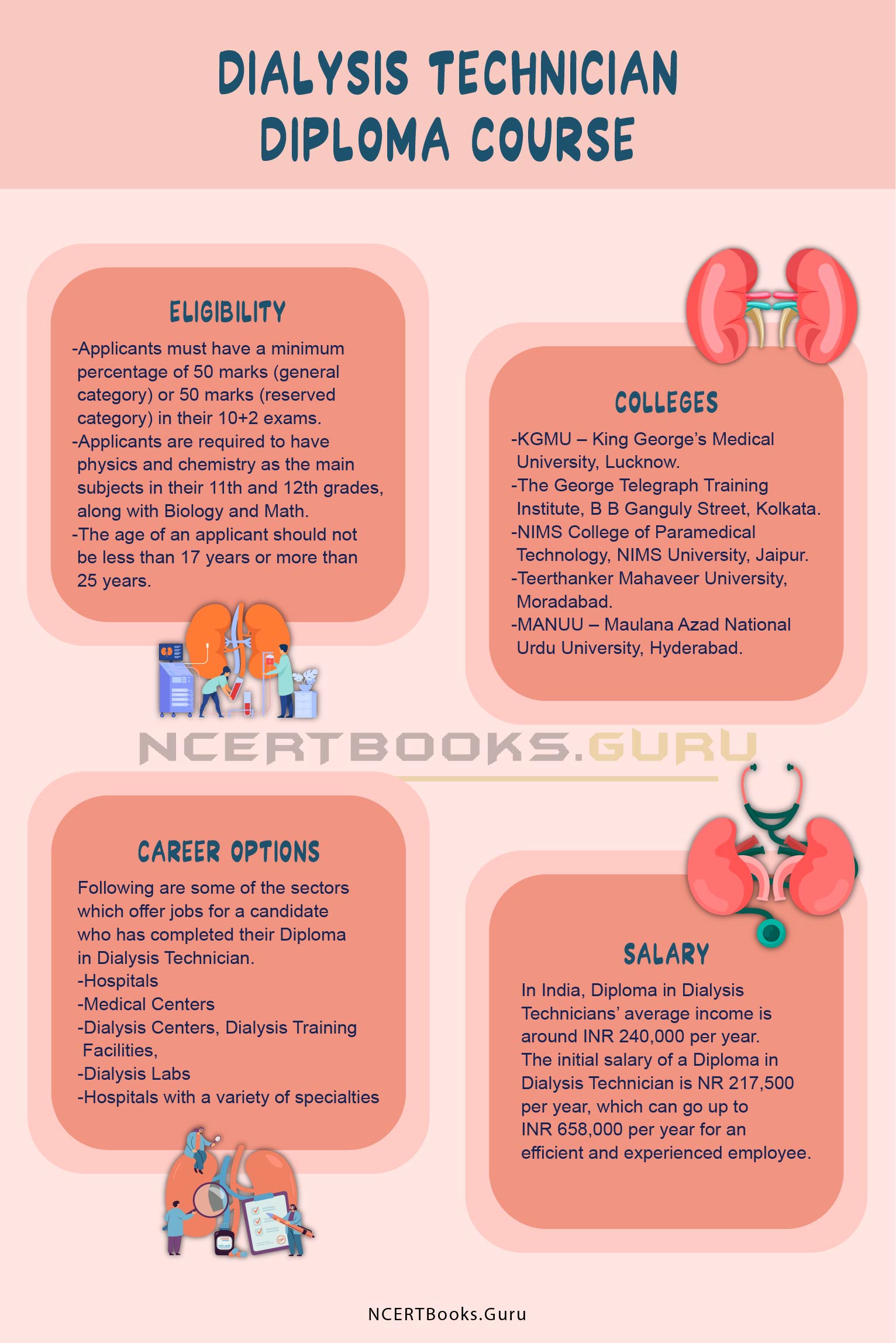NIOS Medical Courses List: NIOS provides you ample opportunity to attain senior secondary and degree courses easily. If you are not willing to study regularly the NIOS is waiting for you. The main focus is that the exam is conducted in various languages so accordingly, you can choose the medium.
Medical courses can also be pursued from NIOS. The vocational courses will provide you with detailed practical knowledge about the subjects. However, there is a proper process to get into NIOS.
In this below article you can read the complete details on NIOS Medical Courses List, career scope, fees, and more about NIOS. So, let’s get started.
Get to Know More about other types of Course Details Streamwise, and Category wise.
- About NIOS Medical Courses in India
- Detailed NIOS Medical Courses List 2022
- NIOS Medical Certificate Courses: Eligibility
- NIOS Medical Courses Fees
- NIOS Medical Courses Online Admission in India
- Top Colleges In India Offering NIOS Medical Courses
- Career Opportunities After National Institute of Open Schooling (NIOS) Medical Courses in India
- Salary for Certified Candidates in NIOS Online Medical Courses
- Top Companies Hire NIOS Medical Holders
- FAQ’s on NIOS Paramedical Courses List 2022
- Final Words
About NIOS Medical Courses in India
Medical courses have become an important part of the world. Thus, for your benefit, NIOS is offering a lot of short-term and long-term medical courses that too at a minimal cost. After the completion of these courses, the various doors of opportunities are waiting.
The content you will study is easy and understandable. Right from the beginning to the advanced level courses are offered by NIOS in medical science. Studying medical courses from open learning in yoga, homoeopathy, ayurvedic, and other domains is just offered by NIOS and it is an amazing chance to grab it.
Detailed NIOS Medical Courses List 2022
The NIOS Courses by Vocational Education Department (Health and Paramedical) provide ample courses in the medical field. You can have a look at the detailed list of health and paramedical vocational courses offered by NIOS on this page. You can get the code for the specific courses related to medical science which will help you to identify the actual course.
6 Months Certificate Course
- Yoga (614)
1 Year Certificate Course
- Care of the Elderly (445-448)
- Homeopathic Dispensing (718-719)
- Ayurvedic Therapy (721-722)
- Yoga Teachers Training Program
2 Year Diploma Course
- Diploma in Medical Imaging Technology (471-473)
- Diploma in Radiography
- Diploma in Medical Laboratory Technology (474-477)
Senior Secondary Courses at 1-year Stand Alone Certificate Course
- Ayurveda Assistant (665)
- Panchakarma Assistant (666)
- Yoga Assistant (667)
NIOS Medical Certificate Courses: Eligibility
The eligibility for the diploma and other certificate courses is not the same. The minimum eligibility for the courses is class 8th. But to have complete details on the latest eligibility criteria for the NIOS Medical Courses is as follows:
6 Months Certificate Course
The 6-month certificate course can be pursued after class 8th. This is a great opportunity for you if you want to build your career in yoga since childhood.
1 Year Certificate Course
Only for the Ayurvedic Therapy are you required to pass class 12th with science and for the yoga trainer course class 12th is mandatory. But for other courses clearing class 10th is fair enough.
2 Year Diploma Course
For NIOS Diploma courses you must clear class 12th. However, it is also necessary to study biology in class 10+2. For the Medical Laboratory Technology course, you must attain a minimum aggregate of 40$ in class 12th as biology is the main subject.
Senior Secondary Course For 1-year Stand Alone Certificate Course
This course requires you to just clear class 10 with the required good marks.
NIOS Medical Courses Fees
NIOS does not charge a high amount of fees from the students, You can easily get a vocational course degree by just paying a minimal amount. If you are worried about the fee structure of Medical Certificate Courses offered by NIOS then you are at the right place. Read the below table to know the complete fee structure.
- 1-year Stand Alone Certificate Course (Senior Secondary Course) can be pursued after just paying Rs 3000.
- 6 Months Certificate Course can be completed in Rs 1000
- The 1-year certification course varies from Rs 6000 – to Rs 18000. The fees structure will be as follows:
- Ayurvedic Therapy- Rs.15,000
- Care of the Elderly- Rs.6,000
- Yoga Teachers Training Program- Rs.10,000
- Homeopathic Dispensing- Rs.18,000
- The 2 years Diploma course can be completed within a fees structure of Rs 14,000 – Rs 45,000.
NIOS Medical Courses Online Admission in India
You can easily take admission at NIOS through the online mode of application. The application fees charged are different according to the category. But with the help of the following points, you can easily pursue a degree in NIOS medical Courses.
- First, open the official website portal
- Now, register for the course and submit all the required documents.
- Be careful while choosing the state and submitting your application.
- At last pay the required fees.
Documents Required
While taking admission at the National Institute of Open Schooling you must be well aware of these documents. As they must be prepared in advance so that you will not face any difficulty at the time of admission.
- Copy of all mark lists & valid certificates.
- ID Proof & Address Proof
- Photo
- Fill application form
Top Colleges In India Offering NIOS Medical Courses
There are numerous colleges available all over India that accept NIOS degree Courses. You can apply to most of the courses, but there are a few courses for which you are not eligible. With the vast range of opportunities by the colleges, here in the below table, we are providing you with an amazing college list.
- Gauhati University
- Patna University
- Indira Gandhi National Open University (IGNOU)
- University of Delhi
- Goa University
- North Gujarat University
- Sardar Patel University
- Haryana Agricultural University
- Kurukshetra University
- Ranchi University
There are a few eligibility criteria that you need to clear to get admission into the colleges. However, there are a lot more than the above mentioned.
Also, Refer
Career Opportunities After National Institute of Open Schooling (NIOS) Medical Courses in India
The NIOS’s students’ future is similar to that of those who study in the regular school. After the completion of medical courses, you can either continue to study further or can work in these domains. However, you can work in both government and private sectors.
- Yoga Teacher
- Homeopathy assistant
- Lab assistant
- Therapist
- Work in dispensary
Salary for Certified Candidates in NIOS Online Medical Courses
The salary structure completely depends on the job profile which you have chosen for your future. The average salary after the medical diploma is Rs 10,000 to Rs 40,000.
Top Companies Hire NIOS Medical Holders
Some top companies which hire candidates after NIOS courses are:
- AIIMS
- Apollo Hospitals
- Cipla
- Zydus Cadila
- Torrent Pharmaceuticals
- Dr. Reddy’s Laboratories Ltd.
FAQ’s on NIOS Paramedical Courses List 2022
1. Is NIOS a good career option?
Yes, the door for various colleges and courses is opened after pursuing the vocational course after NIOS Medical Courses. You can easily get admission to further courses related to your bachelor’s after studying at NIOS.
2. Can I pursue MBBS after studying at NIOS?
For MBBS and BDS exams, proper education in class 12th with biology, Physics, and Chemistry as the main subjects is required. You must have attained a regular degree in class 12th. Thus, by getting awarded by NIOS there is no chance yet that you can get admission to MBBS.
3. Does the NIOS degree offer me good jobs?
Yes, the degree is recognized by almost all universities and educational institutes. You can easily rely on the NIOS degree for better career opportunities.
4. What are the medical courses list offered by NIOS?
There are various NIOS medical course lists. But the main structure includes.
- 1–year Stand Alone Certificate Course (Course Senior Secondary Level)
- 6 Months Certificate Course
- 1-year certification course
- The 2 years Diploma course
To get the detailed NIOS Medical Course List, you can refer to the above article.
Final Words
To save your time and complete vocational courses in a short duration of time you can easily pursue NIOS courses. In addition, the NIOS Medical courses list create amazing opportunities for a better future. If you want to know more about the medical courses you can visit our official website Ncertbooks.guru. Also, you may ask your queries in the comment section below.

